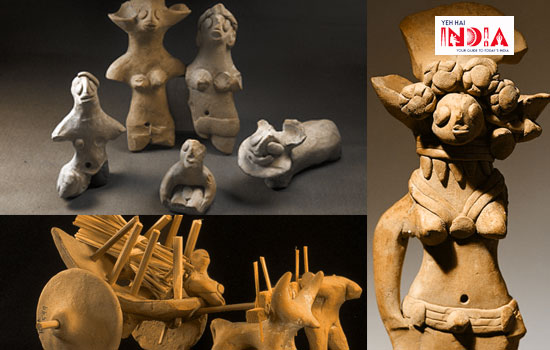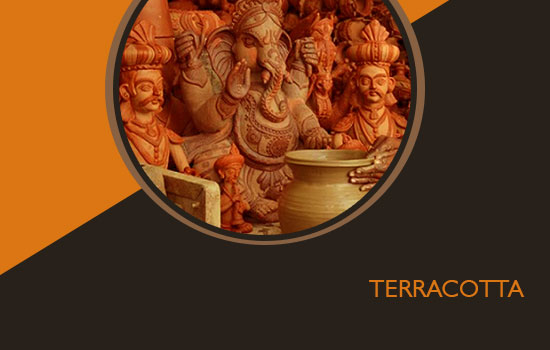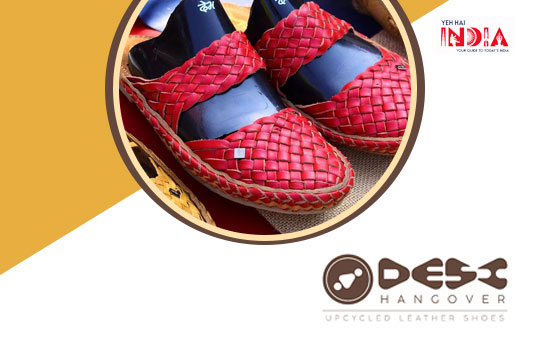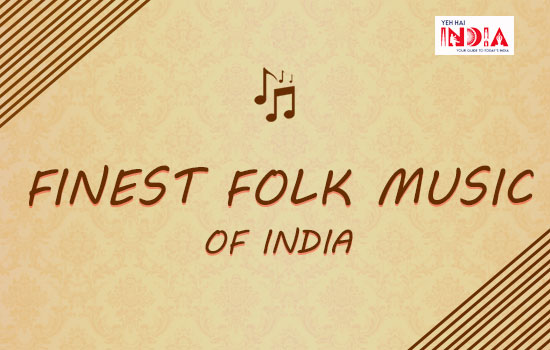The word terracotta means “Baked Earth” in Italian (from Latin ‘terra cocta’) and is another name for “Low Fired Clay” or “Earthenware Clay”. The clay is put to a desired mold and burnt to retain the shape. Then further heated to gain a solidified structure. Terracotta is used extensively in the making of domestic ornaments, and in architectural work.
The Beginning of Terracotta

Terracotta handicrafts, in the form of human and animal figurines, were found from the sites of Indus Valley Civilization in Mohenjo-Daro; which dates back to 3000-1500 B.C! Back then, it was the only known ceramic type produced by Western and Pre-Columbian people until the 14th Century. Terracotta was used to make sculptures and pottery, and eventually it gained a significant part in the architecture of European temples & buildings.
Recommended Story – Papier-Mâché of Kashmir
FUN FACT : The Terracotta Army, found in 1974 by Chinese farmers, is a huge group of sculptures representing the armies of Qin Shin Huang, the first emperor of China, and is one of the most spectacular creations in the history of terracotta. It includes over 8,000 soldiers, 130 chariots, 520 horses and 150 cavalry horses and was buried with the Emperor around 210 BCE, as he believed it would be a group of people he could continue to rule over.
It took skilled artists several years to make the Army, each piece was finished with detailed facial features and bright paint, and each soldier varied in height, uniform and hairstyle, and had weapon according to their ranks.
So where is Terracotta used today?
Terracotta products are mainly used during festivals. And also during seasons of summer and spring, as these seasons are associated with pots. <To store plants> Festivals which lead to the spike in Terracotta sales are – Sankranti – to cook Pongal (pulses and rice) and Diwali – to light diyas (clay lamps)
The Making of Terracotta

Raw materials used are clay, paints and water; the finest clay comes from riverbed and alluvial plains. There are several tools involved in making terracotta – the most common being the Chakka (Pottery wheel), which is used to shape the pot. Bamboo sticks, metal blades and small iron sticks are used to decorate the pot.
To achieve the required thickness of the product, a flat wooden bat and a mushroom shaped stone are used. Hay and coconut husk is used for the final step – baking.
The Procedure
The clay is cleaned and filtered with a sieve. It is then mixed with sand and finely mashed into a dough – It is kneaded and pressed continuously for a long time to enhance elasticity and to remove any air.
As the wheel rotates, the artisan uses their hands to shape to the clay. Once that is done, the pot is separated from the wheel using a thread and is kept aside to dry in the sun for 2 to 3 days. The material is baked at a temperature of 600 to 1000 degrees Celsius, which helps in strengthening the clay.
The Different Products
The products made are kettles, bowls and spoons, cups and mugs, decorative items, idols of worship etc. Practically anything can be made with Terracotta
These products are durable, cost effective, light in weight, customizable, environment friendly, porous nature (makes for great flower pots), nutritious values and pH balancing properties (good for kitchen utensils)
Recommended Story – Top 10 Online Handicrafts Stores In India
Despite all these, the terracotta industry is dying

Artisans do not communicate directly with the buyers, they work with their families in their own house back in their villages because of which they need a middlemen. Middlemen purchase products at whole sale rate and earn a ₹10- ₹20 margin per product- therefore benefitting themselves rather than the artisan.
Seasonal changes also give rise to certain issues for the artisan -The soil gets destroyed in the rainy season and the production is comparatively slow in summers due to hot weather conditions.
The artisans have true knowledge of the technique, they are efficient and dedicated towards the craft and are good at time management, while at the same time, this craft lacks opportunities – and can do better if made available.
The middlemen pose a big threat to the artisans as the artisans are not well paid for their craft, and also because there is a major requirement of proper storage and working area to make these products.
The next time you see traditional terracotta products, be sure to pick it up from there rather than online / at a shop – it’s the least we can do to keep this beautiful craft alive.
Also Read – Ivory Handicrafts in India










